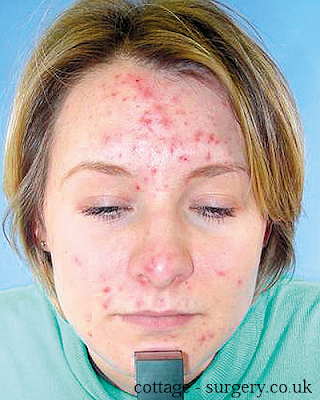
Athlete’s foot is a fungal infection of a foot that invades the outer layer of the skin, sometime is called tinea pedis. It is present as itchy, flaky skin and normally macerated with the peeling effect.
It is important to note that if the infection involved at toenail part, referral to doctor is necessary. Patient suffering athlete’s foot and diabetic at the same time should also be referred to doctor as this may impair circulation or innervations of the feet, promoting secondary infections.
Treatment failure is usually due to the reason that patients didn’t continue using the treatment long enough. However, if the patients have used the antifungal in correct way but still didn’t show any improvement, then referral to doctor is necessary. Unresponsiveness to treatment after 2 weeks is also an indication for referral.
Treatment
- 1. Topical allylamines e.g. terbinafine
a. More effective at preventing recurrence than azole
b. Once or twice daily for 1 week in athlete’s foot and 1-2 weeks in jock itch
c. Can cause redness, itching and stinging; contact with the eyes should be avoided
d. Not for children under 16 years old
- 2. Azoles e.g. clotrimazole, miconazole, ketoconazole
a. 2-3 times daily for 1 week
b. May cause mild irritation to the skin
Both need to be continued even after symptom resides. A minimum of 2-4weeks’ treatment is necessary.
Topical hydrocortisone should not be recommended as it may worsen the fungal infection despite its anti-inflammatory effect since it does not heal fungal infection. Combination products of hydrocortisone and antifungal agent are available OTC (Over the counter) for athlete’s foot and are limited to 7 days treatment.
Practical points
Sweating on the feet, moist environment, tight shoes and synthetic material can promote to athlete’s foot. Leather shoes, however, can help to reduce the symptom by allowing circulation of the skin. Cotton socks can facilitate evaporation of moisture while nylon socks act oppositely.
